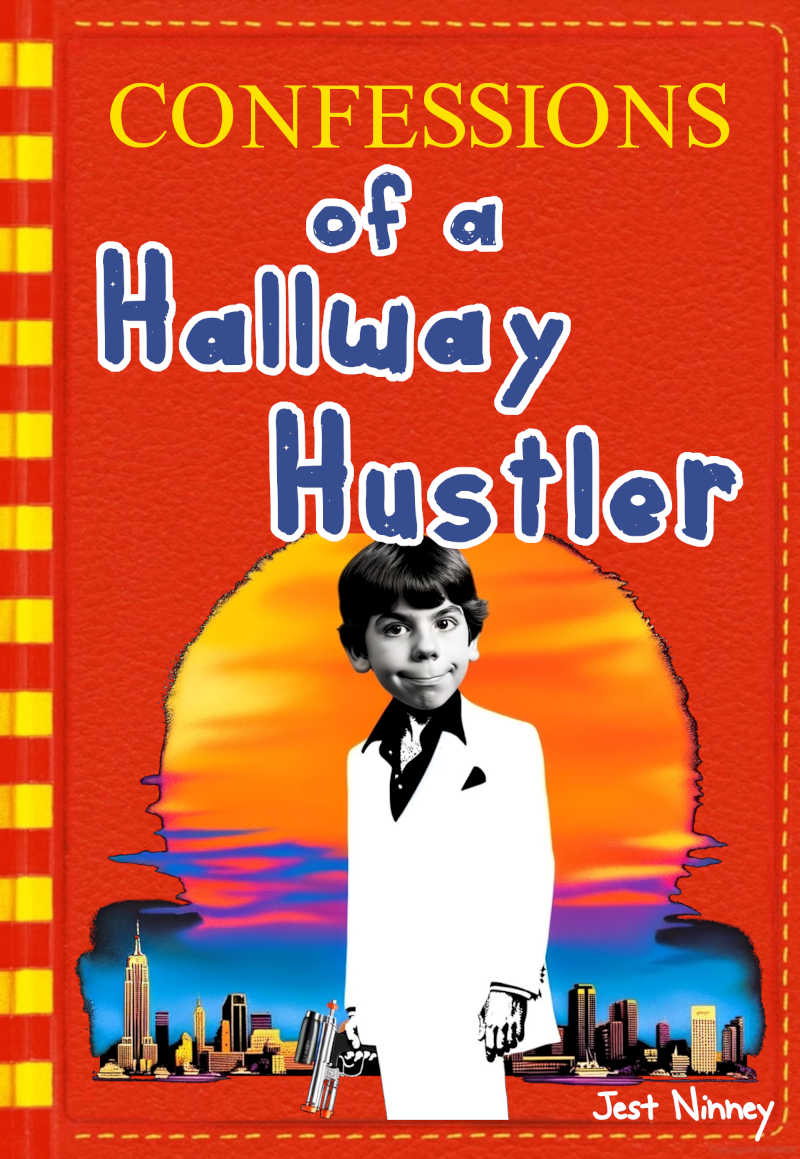Introduction
Anime, a form of entertainment and artistic expression from Japan, has captured the hearts of audiences worldwide. Within the diverse world of anime exists a unique sub-genre: parody anime. Parody anime takes familiar themes, characters, or entire genres and turns them on their heads, often with humor and satire.
This article aims to explore the various aspects of parody anime, including its history, characteristics, popular examples, and cultural impact.
History of Parody Anime
Parody within anime can be traced back to earlier forms of Japanese art and storytelling, such as Kabuki and Noh theater, which often included comedic elements to comment on society. In the modern era, parody anime emerged as a distinct sub-genre in the late 20th century. Key milestones include the release of shows like “Excel Saga” in the late ’90s, which parodied the tropes of multiple anime genres.
Characteristics of Parody Anime
Parody anime is defined by several common traits:
- Exaggerated Characters: These anime often take familiar character archetypes and exaggerate their traits for comedic effect.
- Meta-commentary: Parody anime frequently comments on the anime industry itself, or the specific genres it is parodying.
- Humor: Comedy is a central element, whether through dialogue, visual gags, or absurd situations.
Parody anime differs from other sub-genres by its intent to critique or comment on the subjects it portrays, rather than merely entertain.
Popular Examples of Parody Anime
“One Punch Man”
“One Punch Man” takes the superhero genre and flips it on its head. The protagonist, Saitama, is so powerful that he defeats all enemies with a single punch, leading to an existential crisis. The show parodies the tropes of superhero narratives, questioning the meaning of heroism when there’s a lack of real challenge.
“Gintama”
“Gintama” is a long-running series that parodies various aspects of Japanese culture, history, and even other anime series. From mocking historical figures to lampooning popular shonen anime, “Gintama” is a masterclass in parody.
“Ouran High School Host Club”
This anime parodies the reverse-harem genre, where a female character is surrounded by multiple male characters who are romantically interested in her. “Ouran High School Host Club” takes this concept and adds layers of comedy and social commentary, making it a standout example of parody anime.

Techniques Used in Parody Anime
Creating effective parody anime involves various techniques:
- Visual Gags: The use of exaggerated facial expressions or absurd visuals to induce laughter.
- Puns: Wordplay is often used to create humor and highlight the absurdity of a situation.
- Breaking the Fourth Wall: Characters may acknowledge that they are in an anime, directly addressing the audience or commenting on their own roles.
Cultural Impact of Parody Anime
In Japan
In Japan, parody anime enjoys a dedicated following. Shows like “Gintama” have even sparked merchandise lines, fan events, and theatrical releases. However, there have been controversies, particularly when a parody touches on sensitive historical or cultural topics.
Internationally
Internationally, parody anime has helped broaden the appeal of anime culture. Shows like “One Punch Man” have become global phenomena, introducing new fans to the world of anime.
Why Parody Anime Matters
Parody anime serves as a mirror reflecting the broader anime industry and, by extension, various aspects of culture. It offers a critique of recurring themes and tropes, encouraging audiences to think more critically about the media they consume.
Criticisms and Controversies
Despite its popularity, parody anime is not without its critics. Some argue that it can be disrespectful to the original works or cultures it parodies. Others feel that the genre can sometimes rely too heavily on insider knowledge, making it less accessible to newcomers.
Conclusion
Parody anime is a fascinating sub-genre that offers more than just laughs. It provides insightful commentary on the anime industry, challenges cultural norms, and even critiques broader societal issues.
Further Study
- “Anime: A History” by Jonathan Clements, Palgrave Macmillan, 2013.
- “Understanding Manga and Anime” by Robin E. Brenner, Libraries Unlimited, 2007.
- “Gintama: A New Translation” by Hideaki Sorachi, Viz Media, 2018.

